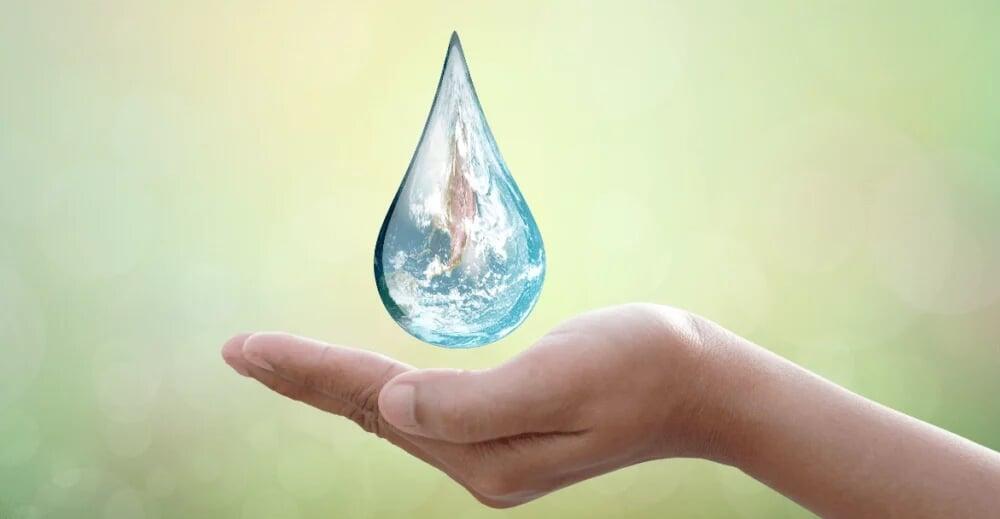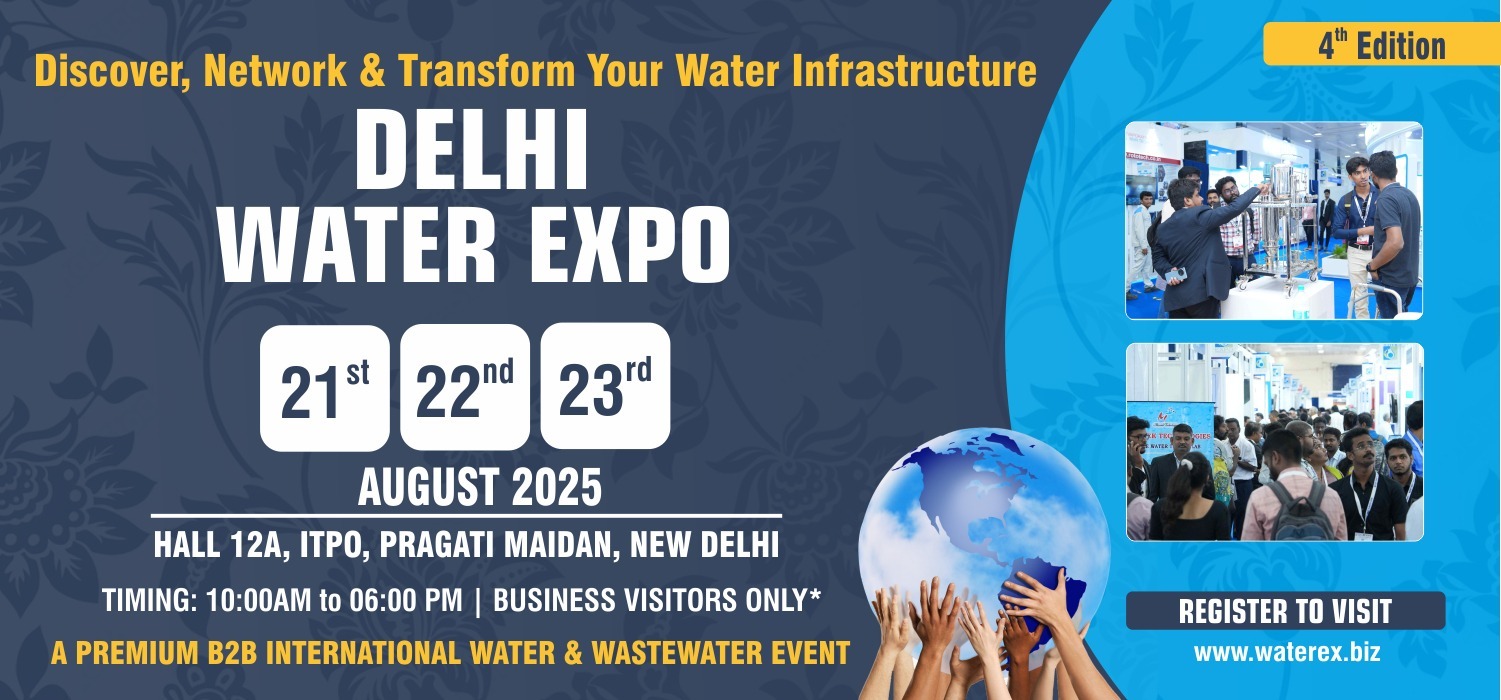Introduction
In an era marked by increasing water scarcity and rapid urbanization, finding sustainable solutions to meet water demands is more critical than ever. Among the many responses to this global challenge, water reclamation and reuse have emerged as forward-thinking approaches to ensure that every drop of water is used wisely, more than once.

Understanding Water Reclamation & Reuse
How It Works
The journey of wastewater from the drain to reuse involves several stages. Initially, solid particles and debris are removed in a basic cleansing process. The next phase involves biological treatment, which breaks down organic waste and pathogens. For water intended for high-end applications, such as potable use or sensitive industrial processes, advanced treatment methods like, or are used to meet stringent quality standards.
The Value of Reclaimed Water
Water reuse offers multifaceted benefits. It helps conserve limited freshwater resources, which is especially vital in water-stressed regions. Reducing the discharge of untreated or poorly treated wastewater into natural water bodies also plays a role in environmental protection. Industries and municipalities can lower their operational costs by using treated wastewater in non-drinking applications, thereby reducing their dependency on freshwater. Moreover, reclaimed water provides a dependable supply, even in the face of drought or irregular rainfall, making it an essential part of climate adaptation strategies.
Applications and Possibilities
Reclaimed water is already being used effectively around the world. In agriculture, it supports food production without burdening freshwater systems. In cities, it keeps parks and green spaces thriving. In industries, it meets cooling and process water needs without depleting clean water reserves. In some advanced systems, treated water is even returned to the drinking water supply after rigorous purification, a practice that is gaining acceptance as technology and public awareness improve.
Barriers and Breakthroughs
Despite its promise, water reuse faces some resistance. Public perception remains a hurdle, often shaped by misconceptions around safety and hygiene. However, education, transparency, and proven success stories are helping shift opinions. Policy support and investment in infrastructure are also crucial to scaling up reuse systems. The need for skilled professionals and robust monitoring mechanisms is growing, as the technology behind water reclamation becomes more sophisticated.
India's Movement Towards Reuse

Experience the Future at Delhi Water Expo
The upcoming Delhi Water Expo, scheduled for 21–23 August 2025 at Pragati Maidan, will showcase the latest advancements in water reclamation and reuse. Visitors can explore real-time demonstrations of wastewater treatment technologies, attend sessions on policy and implementation, and engage with solution providers and industry experts who are pioneering change.
This premier B2B event offers a window into the future of sustainable water management. From compact decentralised units to cutting-edge industrial reuse systems, everything on display reflects how innovation is transforming wastewater from a liability into a valuable asset.
Conclusion
Water reclamation and reuse represent a powerful shift in how we view and manage water. It is a strategy rooted in science, powered by technology, and sustained by forward-thinking policy and public will. As India moves towards a more water-secure future, the conversation must go beyond conservation—it must include reclamation, recycling, and reuse.
To see how this transformation is taking shape, be a part of the Delhi Water Expo. It’s where water meets innovation, and where the future of reuse becomes reality.
